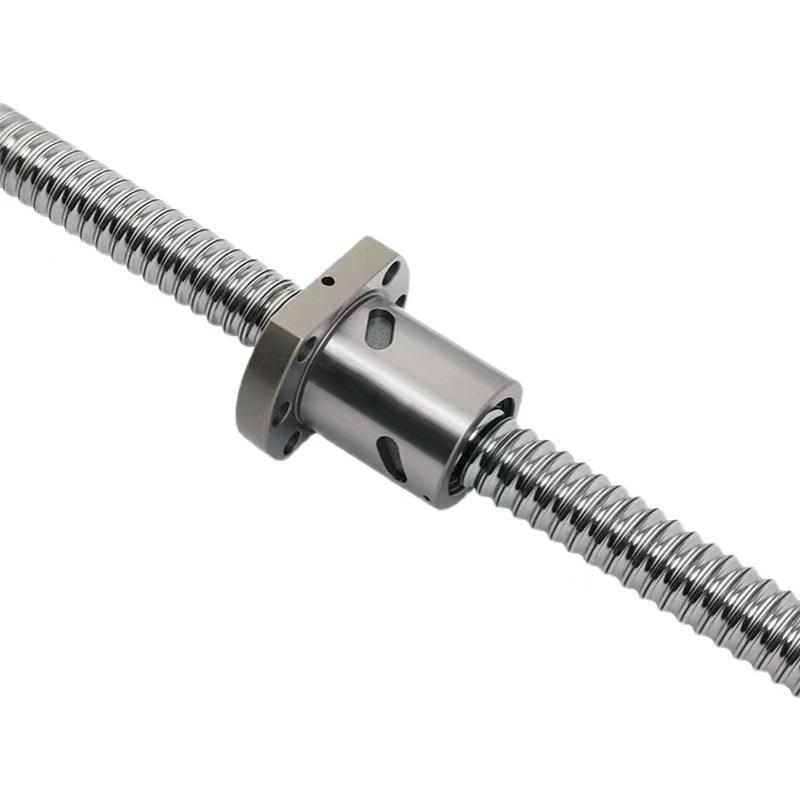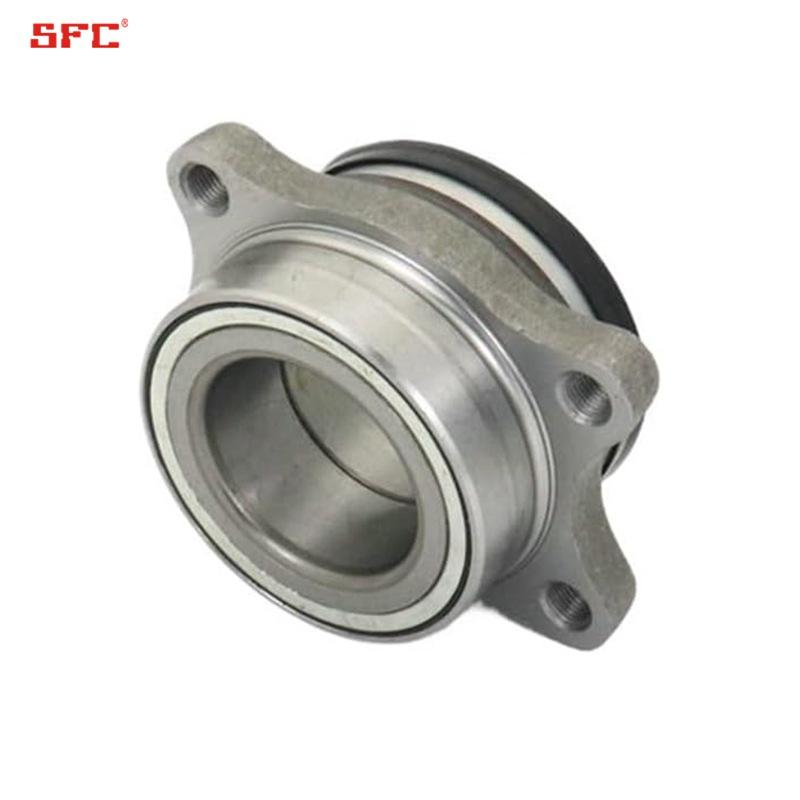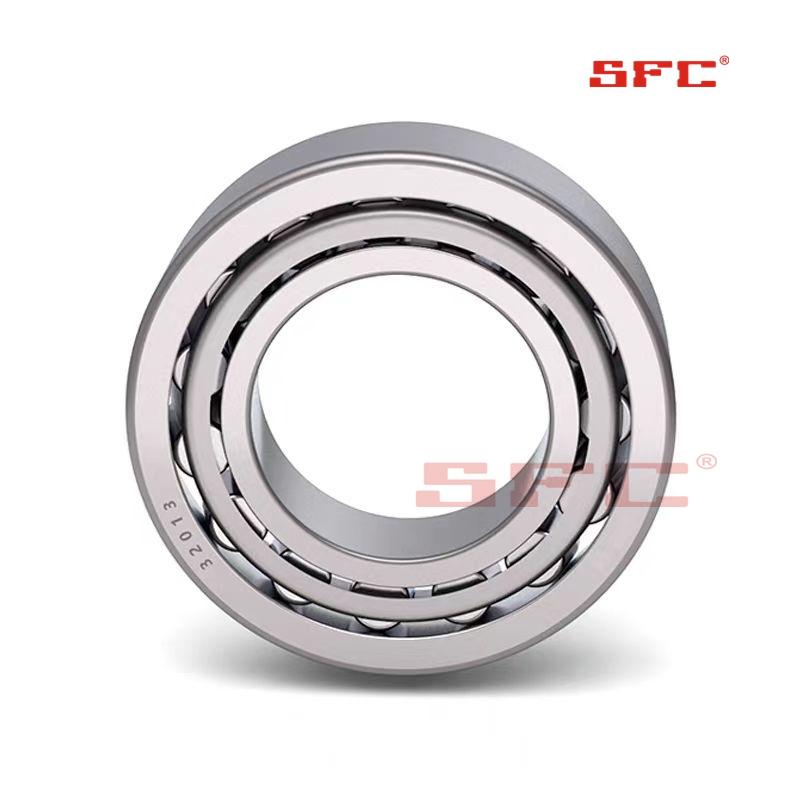Heavy duty bearing seat - related knowledge
1. How to distinguish between heavy bearings and light bearings
Actually, these differences are very obvious. Firstly, there is a difference in quality, which is mainly caused by two differences. The first difference is that in many cases, the material of lightweight bearings is different from that of heavy-duty bearings. You must understand this. In order to meet different industrial production or processing needs, bearings must have different performance. The different materials of various bearings are actually due to this reason.
Another point is the difference in physical structure. It can be intuitively seen that the structure of different bearings is generally different. This is not only to guide the rigidity and fit of the shaft, but also to make users more in line with their needs during use. Due to the need for large bearings in some high-pressure situations, many pressure resistance measures have been added, resulting in this type of bearing being different in physical structure from ordinary bearings. This is not as simple as the NTN deep groove ball bearing process route, it is a complex bearing category diagram. Once users understand this, they should be able to purchase the bearings they need independently.
2. What are the characteristics of split bearing seats
Split bearing seat is the most common installation component. The product is designed as a horizontal split, with the top cover and bottom detachable. It is also very convenient to maintain. For demanding equipment, split bearing seats are also designed with double screw holes and four screw hole seats. These components mainly bear the radial load directly borne by the inner seat. Suitable for demanding equipment.
This type of bearing seat can adapt to a wide range of shaft sizes and withstand higher loads. The heavy-duty casing comes standard with gray cast iron, providing greater flexibility in sealing and lubrication options (available in grease or oil). Applicable equipment includes: belt processing equipment, fans and blowers in steel mills, felt rollers and drying cylinders in the papermaking industry, crushers, hammer mills, and drying furnaces in the ore processing industry.




